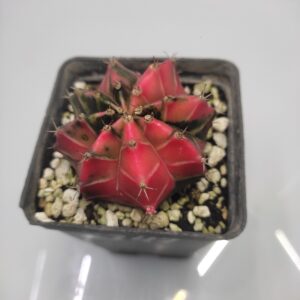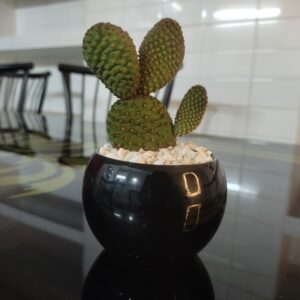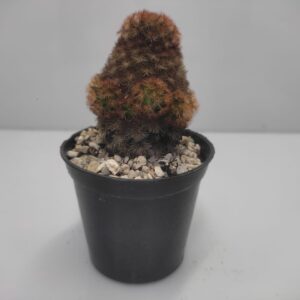The San Pedro cactus (Echinopsis pachanoi), also known as Huachuma, is a tall, fast-growing columnar cactus native to the Andes Mountains, primarily found in Peru, Ecuador, Bolivia, and northern Argentina. This cactus, revered in traditional Andean culture, can reach up to 6 meters (20 feet) in height and typically has 4 to 8 ribs. The cactus is green to bluish-green in color, with small spines along its ribs, and can form clusters or grow as a single, towering column.
A key feature of the San Pedro cactus is its medicinal and ceremonial use. Indigenous cultures have used this cactus for over 3,000 years for shamanic and spiritual purposes, primarily due to its content of mescaline, a psychoactive alkaloid. Mescaline can induce intense hallucinogenic effects that are traditionally associated with healing and visionary experiences. Shamans and practitioners in these cultures typically prepare it by boiling the cactus into a brew or drying it into a powder, which is consumed in rituals aimed at connecting with the spiritual world or for personal transformation.
In a horticultural context, the San Pedro cactus is highly valued for its resilience and ease of care. It thrives in various environments, tolerating a wide range of temperatures, though it prefers well-drained soil and moderate watering.
San Pedro cactus keyphrases:
- Mescaline: The psychoactive compound responsible for the hallucinogenic effects.
- Traditional Andean shamanism: The cactus is central to spiritual and healing practices in South America.
- Columnar cactus: Its growth pattern is upright and tall, making it an iconic figure in the landscape.
- Fast-growing: Unlike many other cacti, San Pedro grows quickly, which adds to its appeal for both ceremonial and decorative uses.
- Resilient and easy care: Its ability to thrive with minimal attention makes it ideal for novice gardeners.
- Medicinal plant: Used for thousands of years as a natural medicine and in visionary ceremonies






Reviews
There are no reviews yet.